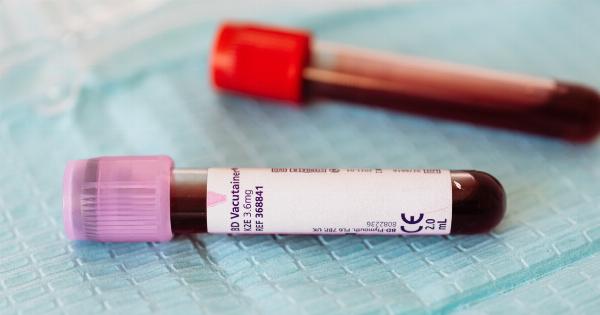Stroke is one of the leading causes of disability and death worldwide. It occurs when the blood flow to the brain is interrupted or reduced, leading to brain damage and loss of function.
While there are treatments available to manage the symptoms of stroke, there is currently no cure. However, recent research has shown promising results in using bone marrow stem cells to aid in stroke recovery.
What are bone marrow stem cells?
Bone marrow stem cells are cells that can self-renew and differentiate into various cell types. They are found in the bone marrow, a spongy tissue that is found inside the bones.
Bone marrow stem cells have the potential to form different types of cells, including red blood cells, white blood cells, and platelets. They are also referred to as hematopoietic stem cells.
How can bone marrow stem cells aid in stroke recovery?
When a stroke occurs, the brain tissue is damaged due to the lack of blood flow and oxygen. This can lead to the death of brain cells, which can result in permanent disability or death.
However, recent studies have shown that bone marrow stem cells can aid in stroke recovery by promoting the growth of new blood vessels and reducing inflammation in the brain.
Studies on the use of bone marrow stem cells for stroke recovery
Several studies have been conducted to test the efficacy of bone marrow stem cells for stroke recovery. One study involved injecting bone marrow stem cells into the bloodstream of stroke patients within a week of their stroke.
The results showed that the patients who received the stem cells had improved neurological function compared to those who did not receive the treatment.
Another study involved injecting bone marrow stem cells directly into the brains of stroke patients. The results showed that the patients who received the treatment had better motor function than those who did not receive the treatment.
The potential benefits of using bone marrow stem cells
The potential benefits of using bone marrow stem cells for stroke recovery are vast. They have the ability to promote the growth of new blood vessels, which can help to restore blood flow and oxygen to the damaged area of the brain.
They also have anti-inflammatory properties, which can reduce inflammation in the brain and prevent further damage. Additionally, they have the ability to differentiate into various cell types, which can aid in the regeneration of damaged brain tissue.
The risks of using bone marrow stem cells
Like any medical procedure, there are risks associated with using bone marrow stem cells. One of the main risks is the potential for infection, as the bone marrow stem cells are often harvested from a donor.
Another risk is the potential for the stem cells to differentiate into the wrong cell type, which could result in further damage to the brain tissue.
The future of using bone marrow stem cells for stroke recovery
The use of bone marrow stem cells for stroke recovery is still in the experimental stage, and more research is needed to determine its long-term effectiveness and safety.
However, the results of current studies are promising, and there is hope that bone marrow stem cells could one day be used as a viable treatment option for stroke patients.
Conclusion
Stroke is a devastating condition that affects millions of people worldwide. While there are treatments available to manage the symptoms of stroke, there is currently no cure.
However, recent research has shown promising results in using bone marrow stem cells to aid in stroke recovery. While there are risks associated with the procedure, the potential benefits are vast.
Further research is needed to determine the long-term effectiveness and safety of the treatment, but there is hope that it could one day be used as a viable treatment option for stroke patients.































